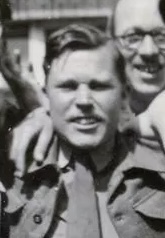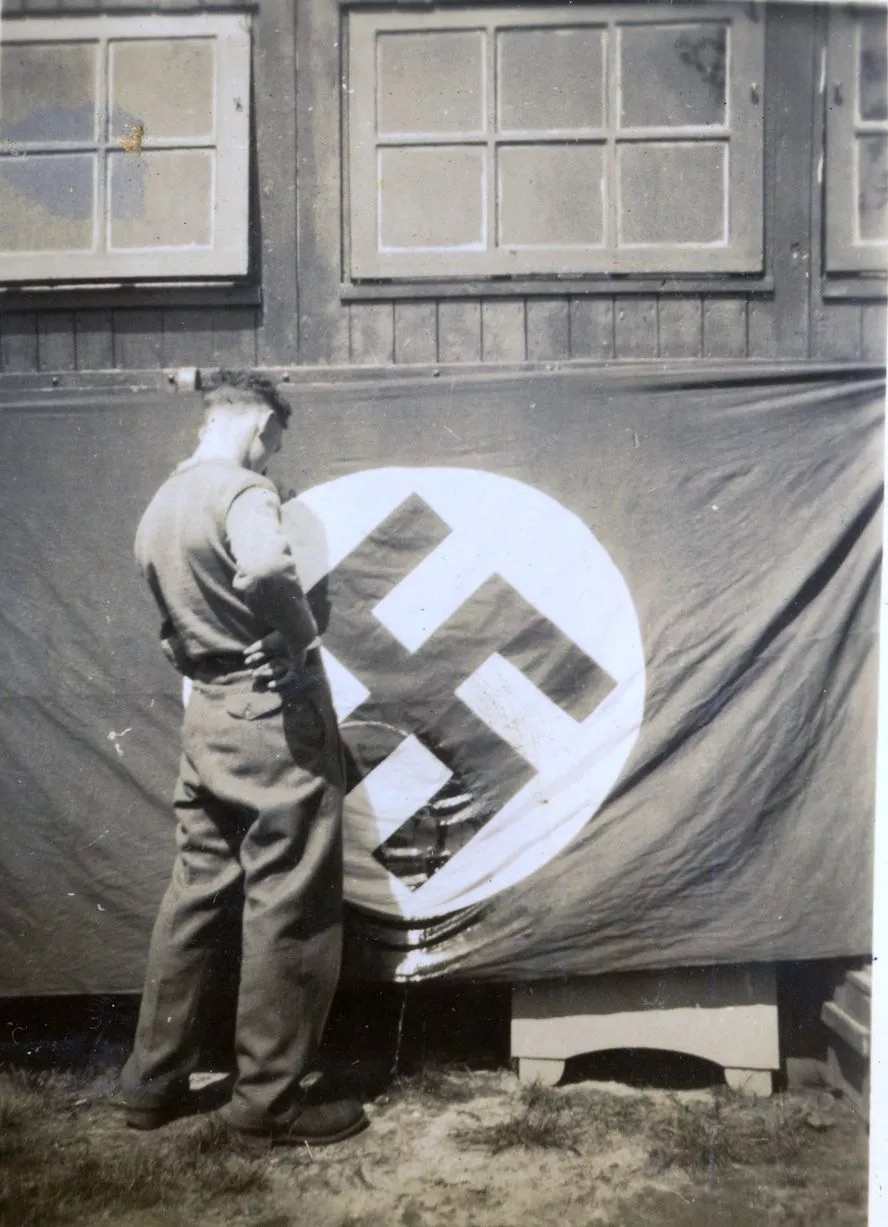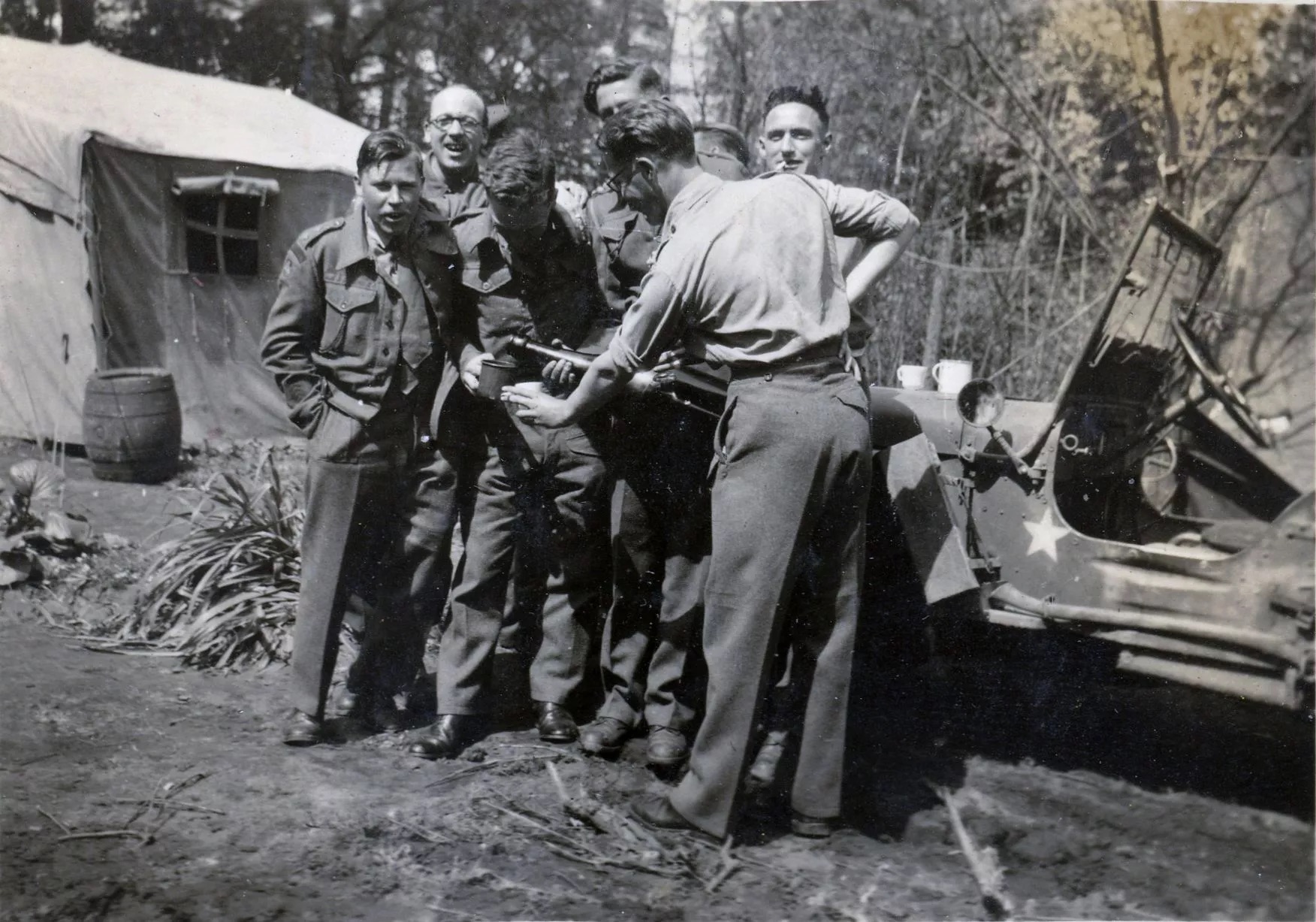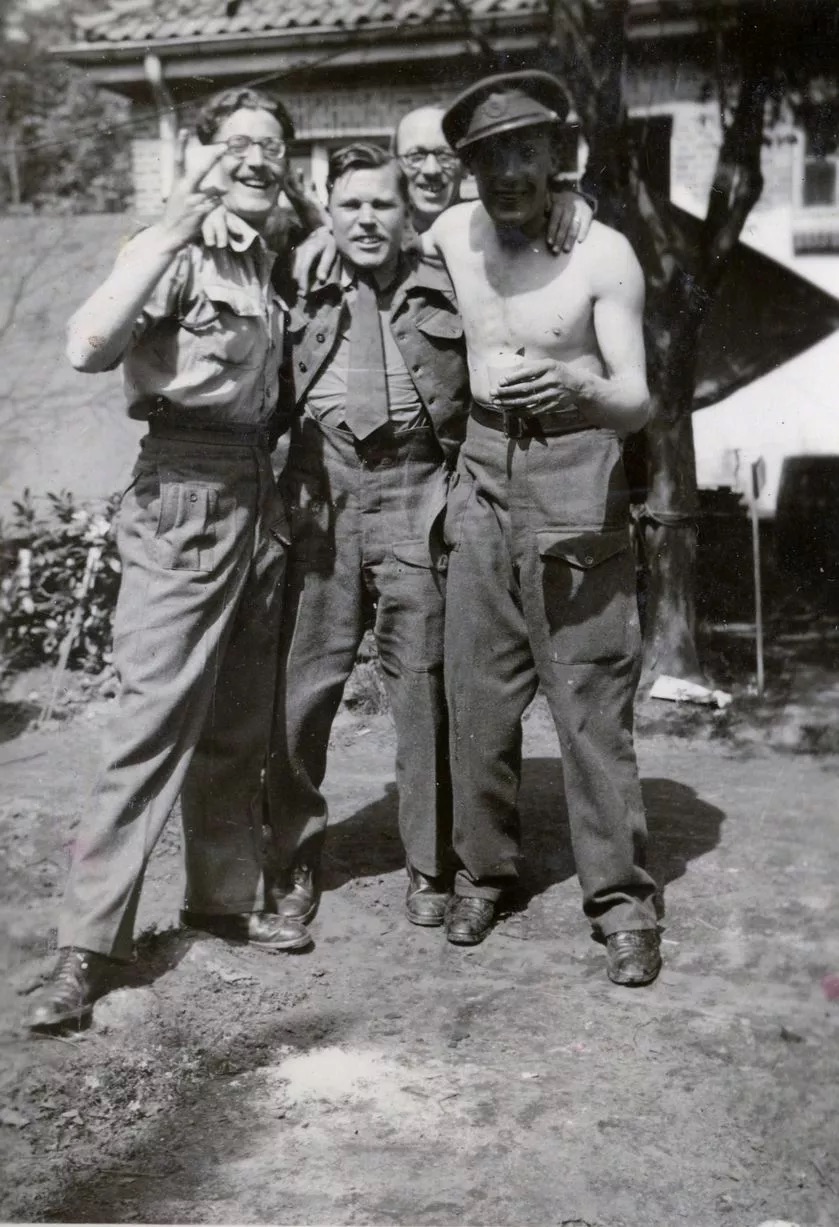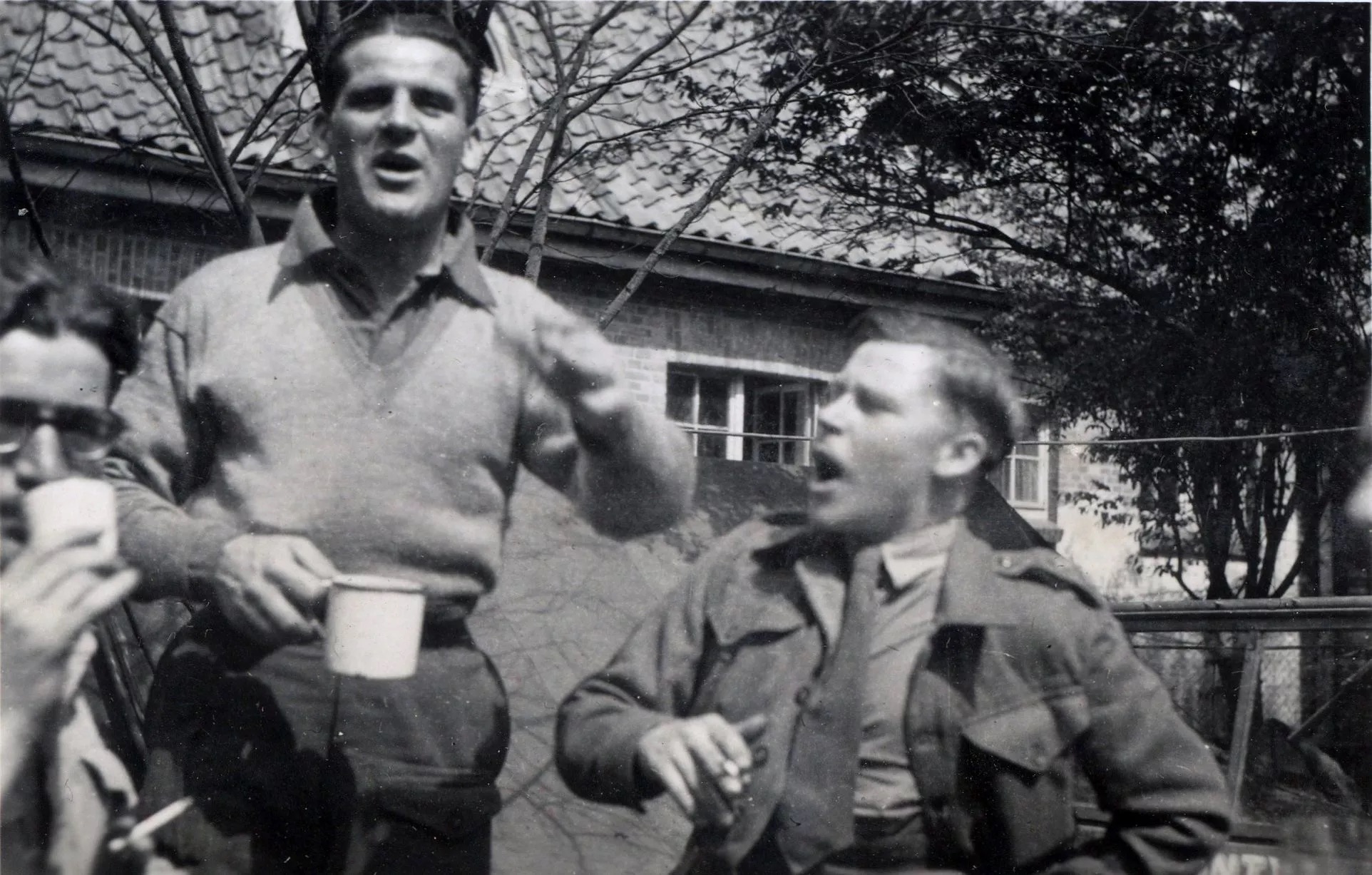Corporal Richard Holborow was part of a group of six non-commissioned officers from the Gloucestershire Regiment seconded to Coleshill in 1940 to provide weapons training. They had been taken from their unit, defending the coast at Hythe in Kent, and posted back to the rented camp in Eastville Park, Bristol. A sergeant was in charge of the detachment, but his name and that of the other four is not known. They were not told where they were going but were taken in a lorry to another Army camp just outside Swindon. There they were told they would be training members of a special unit for the next six weeks with no leaves or passes to exit the site. They were required to sign the Official Secrets Act by the Camp Commandant.
The next day another lorry, marked “GHQ Home Forces” on the door, collected them and drove them to Coleshill. The RASC driver refused to say where they headed and Holborow only found out where he had been after the war. Their lorry turned into a driveway and stopped at a sentry post. Their documents were checked before they carried on to a farmyard with a few army huts. The six men were given a hut to themselves, fitted with metal bunks, hair mattresses, blankets and pillows, and were fed their evening meal from the cookhouse. An officer then briefed them on their duties for the next day. They were to provide new recruits to this organisation with training in standard infantry weapons, pistols, rifles, the Boyes Antitank rifle, Bren gun and the Tommy Gun, then only recently issued to the Army.
The group were allocated a training area in a field at the back of the farmhouse. The boundary was marked with coloured poles in the hedges, beyond which the NCOs could not go. Their trainees were bussed in from their billets at a large house some distance away, presumably Coleshill House. Holborow was surprised to see the first arrivals. Their uniforms were scruffy denim Home Guard uniforms, except for three in civilian clothes. Only some men had Army boots, others wearing Wellington boots. Many had long hair which made for a most unmilitary looking group. Their officer explained that there would be no need for military style discipline, as the trainees had other skills. The NCOs were to train then how to use infantry weapons. Holborow concentrated on the Bren gun and infantry unit tactics. The two officers present had served on free Northwest Frontier of India and had a good deal more practical knowledge of such tactics than Holborow. The remainder proved to be quick learners, intelligent and keen., despite their appearance.
The group were never officially told who they were training, but soon worked out that men were turning up at the weekend from across the country, traveling much further than might be expected for ordinary Home Guards. They also heard frequent explosions in the distance, sometimes strong enough to rattle the windows of their hut. A few of their trainees were living at the big house. When one of them attempted to find out more, nobody would tell him anything and he was told to mind his own business. They concluded the men were being trained as saboteurs for use in Europe somewhere. The only information they did extract was that their Quartermaster Sergeant at the camp was really from the Lovat Scouts, despite wearing Home Guard uniform.
After six weeks they were taken by lorry to Swindon station with rail tickets back to Bristol. They never heard any more about this. It was only after the war that Holborow read about the Auxiliary Units and realised where he had been.
After being commissioned as a Royal Engineers officer in November 1943 he married Devina Mona Mary Rule the following month. They would go on to have five children.
After the war, he rejoined his father’s firm and they also set up a new company undertaking reconstruction work in London. In the 1960s, a credit squeeze and reduced spending on building work as a result, saw the companies enter liquidation.
| Unit or location | Role | Posted from | until |
|---|---|---|---|
| Coleshill House, GHQ | Area Training Officer | Unknown | Unknown |
Architect and Surveyor
15 Nov 1939 called up to join the Gloucestershire Regiment at Horfield Barracks, Bristol, having put down to join the Royal Navy.
After attending a course on the Bren Gun at Tidworth, his unit transferred to Eastville Camp, having to sleep on mattresses laid on a groundsheet in bell tents during the very cold winter of 1939/40
In May and June 1940, now promoted to Corporal, his platoon helped expand the camp to cope with troops returning from Dunkirk.
After this, many of the men in the camp were sent to the coast near Hythe in Kent. Their billet was a church hall, about a mile inland and near the Hythe ranges. After digging slit trenches and putting up barbed wire, with the beach in front mines by the Royal Engineers, there was little to do. They watched the Battle of Britain above their heads.
Exactly when he was seconded to Auxiliary Units is unclear, but he was at Eastville on 14 Aug 1940 to see 3 German bombers fly over to receive heavy antiaircraft fire from the Bristol defences. In September 1940 he was posted temporarily back to Horfield and the Infantry Training Centre. His platoon were the “flying squad” responding to calls when aircraft were brought down, during the first week of the month. He was also there in the last week. The first Coleshill course was on 22nd Aug 1940. This would indicate he was there in late summer, though his memoir indicates it was earlier. Possibly this was the very first set of courses before Coleshill was set up as a training school, starting in early July 1940.
Holborow was transferred to a newly built camp in Gloucester. He became part of the staff and was promoted to Staff Sergeant. The other benefit was the arrival of an attractive ATS driver, who would in time become his wife. His Royal Engineers tracer card includes the date 24 Jul 1941 under DCRE and ADGB Glosters - possibly suggesting he was seconded to the Deputy Commander Royal Engineers in some way from the Gloucestershire Regiment at this time.
In Spring 1942, he was told he had been nominated for a commission and had to attend a series of screening interviews and aptitude tests. Passing all of these successfully he was sent to the Officer Cadet Training Unit at Newark to train as a Royal Engineers officer.
Successfully completing this, he was posted to 720 Artisan Works Company Royal Engineers at Hothfield Camp. He spent 2 weeks in Ripon on a Bomb Disposal course. The unit was tasked with building airfields. They moved to Eastbourne in May 1944 and landed on Juno beach in June 1944. They proceeded to build a series of airfields across Europe until their disbandment shortly after the end of the war.
Lieutenant Holborow, also called “Dicky” can be seen in a series of photos taken by Sergeant Thomas William Davey who was also with 720 Company Royal Engineers during the campaign in Northwest Europe.
IWM Private papers Documents 15631
Bristol Evening Post, 6 Jul 1960
